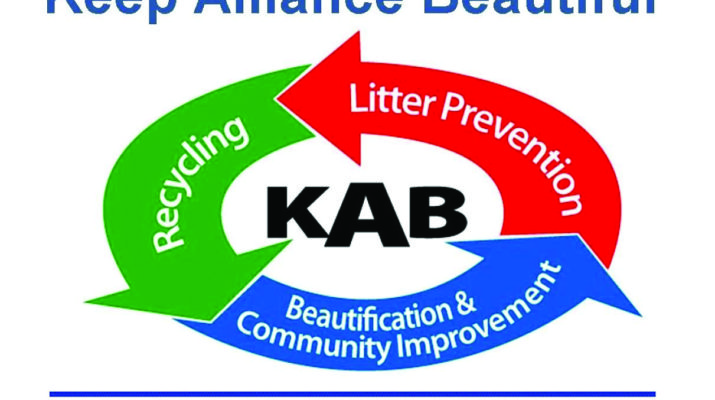A dove lit on the powerline, flew away, only to be replaced by another a moment later. Sparrows fluttered down from the roof, slowing to land behind the HVAC equipment. Such was my view looking up to the sky at dusk as I rested in the grass by the Evangelical Free Church during my son’s Cub Scout meeting.
People should aspire to live like birds. For one, they use the building materials at hand when building a spring home. Nests often include bits of trash or material that could have been recycled if it had not ended up as litter. Some species spruce up where they raised fledglings the year before or find a move-in ready site, such as a mature maple tree cavity high above in the trunk.
Our feathered friends travel hundreds, many species thousands, of miles migrating without spewing greenhouse gasses. Nebraska’s famous Sandhill Cranes are a prime example as they take time to fuel up in our fields and wetlands. I have enjoyed the opportunity to see them along the Platte River as well as a few wayward cranes in the Alliance area over the years. Without maps or GPS migratory birds know just where to return. Amazing!
Birds also manage to live together in a given ecosystem or habitat without the same hassles people inevitably find with one another. The big guy with the “bald” head may take the rabbit or fish you just scored. No surprises there. The watertower gang gets the dead stuff, nobody fights them for it. Meadowlards like your pasture and robins like to snack on seeds in your garden (if you don’t shoo them away from the tasty bush beans planted the day before).
I am an amateur bird watcher for sure. What type of sparrow is at the feeder? Even with our field guide I’m not certain. However, overall, birds have always been a favorite to spy around town, on hikes or a jaunt into the Sandhills as the grass-covered dunes’ hue transitions from yellow/brown to shades of green dappled with blue water.
Reading an area newspaper recently, there was an article by Renae Blum with the Nebraska Game and Parks Commission titled “Discover great birdwatching at these wetlands”. She expounds on the opportunities for birders at Marsh Wren Saline Wetland, Fontenelle Forest, Ponca State Park, Harvard Waterfowl Production Area, Valentine National Wildlife Refuge, Kiowa Wildlife Management Area, Rowe Audubon Sanctuary and Lake Ogallala – where I pretty much got skunked on a winter afternoon looking for Bald Eagles. To avoid hours of travel and an overnight stay to reach some of the above destinations I recommend Northwest Nebraska and western Sandhills creeks, rivers, lakes, wetlands and anything close where water forms a seasonal home for birds.
According to fws.gov: Crescent Lake National Wildlife Refuge (between Ellsworth and Broadwater) includes 45,818 acres and contains the largest protected continuous sand dunes in the U.S. Due to our recent wet weather I would suggest a 4×4 for a day trip there. The Valentine NWR is larger while both offer superb Sandhills scenery, yet Crescent Lake is my pick due to its proximity to Alliance. Expect to see a couple dozen or more species of birds as well as other wildlife just on the drive there. It is not uncommon to have the visitor center to yourself on a Saturday in mid-May. The only drawback, for me, has been no camping although there is plenty of time to explore from dawn to dusk.
Between graduations, gardening and everything else filling your schedule take a little time to relax and enjoy nature . . . for the birds.

